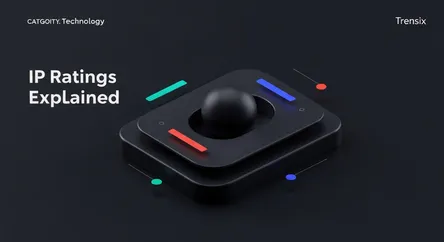Technology
IP Ratings Explained

Ever wondered what IP68 means on your phone? Learn about IP ratings, which measure a gadget's resistance to dust and water, and why it matters.
What is it?
IP Rating, or Ingress Protection Rating, is a universal standard defining a device's resistance to solids and liquids. The rating is composed of 'IP' followed by two numbers. The first digit (0-6) measures protection against solids like dust, with 6 being completely dust-tight. The second digit (0-9) indicates protection against liquids, where higher numbers signify greater resistance, from splashes to full submersion. For instance, a common IP68 rating means a device is both dust-tight and can be submerged in water under specific conditions, making it highly durable for everyday use.
Why is it trending?
As personal electronics like smartphones, smartwatches, and headphones become essential companions, their ability to withstand the elements is a major selling point. Consumers want devices that fit their active lifestyles, whether that involves exercising, hiking, or simply surviving an accidental spill. Manufacturers now prominently advertise high IP ratings to highlight the ruggedness and reliability of their products. This focus on durability meets a growing consumer demand for versatile gadgets that don't need to be handled with extreme care, making it a key feature in a competitive market.
How does it affect people?
IP ratings give consumers confidence and peace of mind. Knowing your expensive phone or smartwatch can survive a downpour or a drop in the pool removes a significant source of anxiety. This standard allows people to make informed choices, selecting gadgets that match their specific activities, such as a water-resistant fitness tracker for swimming. It extends the lifespan and utility of devices, allowing users to integrate technology more deeply into all aspects of their lives without worrying about environmental damage. It's a practical measure that translates directly to real-world usability and value.